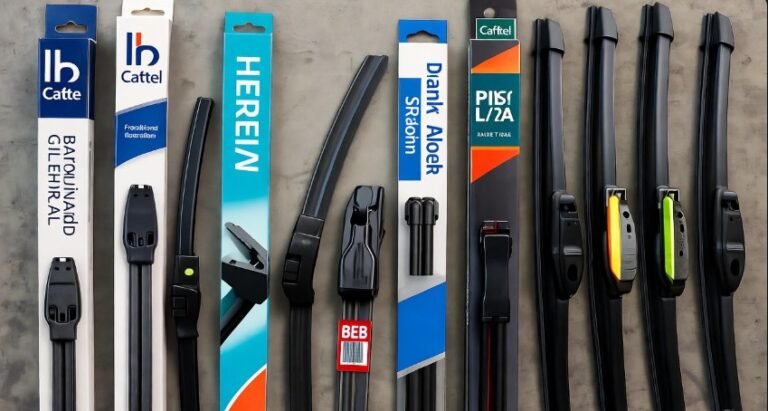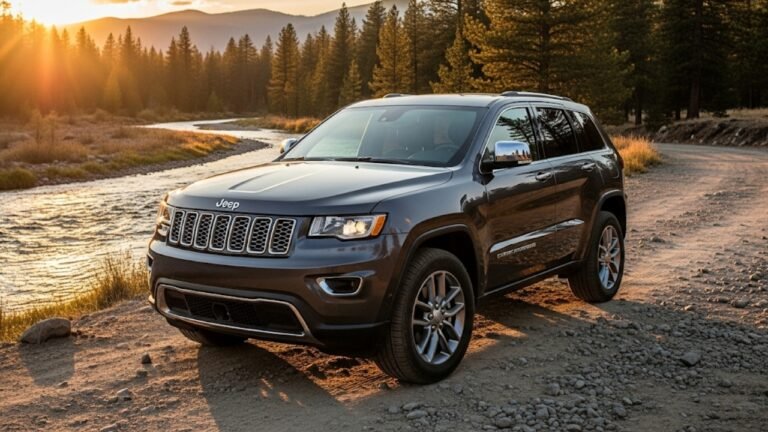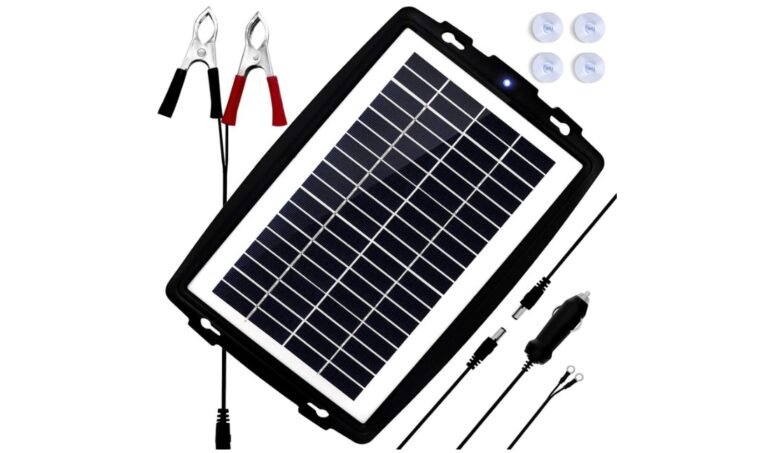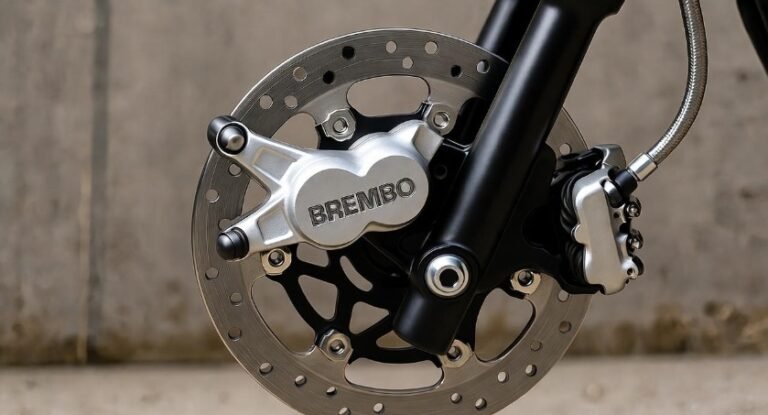All About Automotive Industry in the PH

The all about automotive industry in the PH is a fast-growing and ever-evolving market. From bustling city roads to scenic provincial highways, cars play a major role in everyday life.
In recent years, demand for cars has surged, driven by easier financing options, infrastructure growth, and changing consumer preferences. Major brands continue to dominate, while local efforts in assembly and production are slowly making an impact. However, affordability remains a challenge for many Filipinos.
As the market grows, so do the challenges—high import costs, shifting government policies, and sustainability concerns. The road ahead looks promising, but several factors will determine where the Philippine automotive industry is headed.
Fast Growing Automotive Market in the Philippines
The Philippine automotive industry has been on a steady rise, with the market showing strong demand despite economic ups and downs.
In 2023, the industry recorded sales of over 429,000 units, reflecting a significant growth compared to previous years. As of 2024, the market is valued at approximately $10 billion USD, with expectations to expand even further as consumer confidence improves.
One of the major drivers of growth is the rising middle class. More Filipinos are able to afford cars, especially with flexible financing options available through banks and dealerships.
Another big factor? The increasing demand for SUVs and motorcycles. Given the country’s traffic conditions and road infrastructure, many Filipinos prefer compact yet durable vehicles that can handle both city and provincial roads.
However, import taxes on cars remain a challenge, as the Philippines is highly dependent on imported vehicles and parts. Local manufacturing is still growing, but most brands rely on assembly rather than full production.
The rise of electric vehicles (EVs) is also gaining momentum, but adoption is slow due to a lack of charging stations. Despite this, the industry is poised for steady growth, fueled by both consumer demand and government policies pushing for modernization.
What Are the Leading Car Brands in the Philippines?
Filipinos have a strong preference for reliable, fuel-efficient, and affordable cars. That’s why brands like Toyota, Mitsubishi, and Honda consistently dominate the market.
Toyota, in particular, has been the undisputed leader for years, with best-selling models like the Vios, Hilux, and Wigo. In 2023 alone, Toyota accounted for a record of total car sales, proving just how much Filipinos trust the brand.
Following closely behind is Mitsubishi, which has built a solid reputation with models like the Montero Sport and Mirage. Honda also remains a favorite, especially among young professionals who prefer sleek sedans like the Civic and City.
Nissan and Ford are strong contenders, with the former gaining traction in the SUV segment thanks to models like the Terra and Navara, while Ford’s Ranger pickup is a top choice for those who need a rugged workhorse.
Meanwhile, Chinese car brands like Geely and MG are shaking things up. With their affordable pricing and feature-packed models, they’re becoming an attractive option for budget-conscious buyers.
As the industry evolves, we might see even more competition, especially with the growing interest in hybrid and electric vehicles.
What Are the Challenges in the Philippine Automotive Industry?
Despite the industry’s steady growth, it’s not without challenges. Here are the major challenges in Philippines automotive industry
High Taxes And Inflation
One of the biggest hurdles is the rising cost of vehicles due to high import taxes and inflation. Most cars in the Philippines are imported, and with the peso fluctuating against the US dollar, car prices continue to climb. Even budget-friendly brands have had to adjust their pricing, making it harder for many Filipinos to afford a new car.
Traffic Congestion
Another major issue is traffic congestion. Metro Manila, in particular, is notorious for its gridlock, discouraging potential car buyers. The lack of proper road infrastructure outside urban centers also limits car usage, making motorcycles a more practical choice for many.
Financing
Financing can also be a challenge. While banks and dealerships offer various loan options, interest rates remain high, making monthly payments a burden for lower-income earners. On top of that, the cost of ownership—fuel, maintenance, registration, and insurance—adds up quickly.
Lack of Charging Stations for EVs
Then there’s the slow adoption of electric vehicles (EVs). While the government has introduced incentives for EV buyers, the lack of charging stations and infrastructure keeps many from making the switch. Until these issues are addressed, the Philippine auto industry will continue to face hurdles despite its promising potential.
What’s the Future of Electric Vehicles in the Philippines?
Electric vehicles (EVs) are making their way into the Philippine market, but the road ahead isn’t exactly smooth. Right now, EV adoption is still relatively low, with most Filipinos hesitant to switch due to high costs and the lack of charging infrastructure. While countries like China and the U.S. are making big moves toward full electrification, the Philippines is taking a slower approach.
That said, things are changing. The government recently passed the Electric Vehicle Industry Development Act (EVIDA), which offers tax breaks and incentives for EV buyers and manufacturers.
Major brands like Nissan, BYD, and Tesla are already selling EVs in the country, while local companies are developing e-trikes and electric jeepneys for public transport.
What Role Does the Government Play in the Auto Industry?
The Philippine government plays a huge role in the auto industry, and one of the biggest ways it does this is through taxes and import duties. Since most cars in the country are imported, higher taxes mean higher car prices. This is why vehicles are often more expensive here compared to neighboring countries.
Government Launches CARS Program
To encourage local manufacturing, the government launched the CARS Program, which gives benefits to carmakers that assemble vehicles locally. Toyota and Mitsubishi are already taking part, but full production in the country is still limited. More local assembly means lower prices, but the industry isn’t quite there yet.
Philippines Authority Recognized Emission Standard
The government has introduced stricter emission standards and is gradually requiring vehicles to meet Euro 5 and Euro 6 fuel regulations to cut down on pollution. It’s also pushing for the modernization of jeepneys and public transport, but this has been met with resistance from small operators who struggle to afford the change.
While these efforts aim to improve the industry, balancing affordability and progress remains a challenge.
FAQs
Conclusion
The Philippine automotive industry is on the move, with growing demand, shifting trends, and a slow but steady push toward modernization and sustainability. While affordability and infrastructure remain hurdles, government policies and new technologies are shaping a more competitive market.
Looking ahead, the industry will continue to evolve, with electric vehicles, fuel efficiency, and public transport improvements playing bigger roles. Whether you’re a car buyer, a business owner, or just someone who loves cars, there’s a lot to look forward to.
As the roads expand and the market grows, the future of mobility in the Philippines is just getting started.






